Fossil Remains Uncovered Beneath Road Construction
SWIMMING IN LA PATA: Construction workers were expanding La Pata and stumbled upon fossils of sea animals. Fossilized parts of birds, sea lions, dolphins, walruses, sharks, and fish were found. Mako shark teeth were spread below the dirt, along with a shark’s vertebrae.
Several fossils have been found beneath the new road connecting San Clemente to La Pata Ave.
Supervisors of the road construction discovered the fossils sometime between late Sept. and early Oct.
Fossilized parts of birds, sea lions, dolphins, walruses, sharks, and fish were found. Mako shark teeth were spread below the dirt, along with a shark’s vertebrae.
Paleontologists have also found and classified a whale jaw that may be about 11 million years old. Several teeth that once belonged to a shark are attached to the whale jaw. Specialists believe that a shark must have lost the teeth while hunting the whale for food.
As construction workers advance the road, paleontologists visit the site and continue to search for fossils.
Animals were not the only remains that were discovered. Garbage from the 1970’s was also revealed. Pepsi cans and an old, yet readable, Orange County Register newspaper from 1977 were found by the supervisors.
Many fossils have been found around San Juan Capistrano because what is now La Pata Ave. used to be the ocean’s floor about 11 million years ago.
Students and staff at Cal State Fullerton assess the fossils that are transferred to the fossil storehouse in Santa Ana.
The new findings have led the workers and paleontologist specialist into curiosity eager for more fossils.
Your donation will support the student journalists of San Juan Hills High School. Your contribution will allow us to cover our annual website hosting costs.

As a sophomore, Gaby Luna loves drawing and painting in her free time and listens to music whenever she can. Gaby listens to a variety of genres such as...

Andrew loves photography, mostly taking pictures of people or people playing sport. On his free time Andrew enjoys skateboarding, creative photography,...

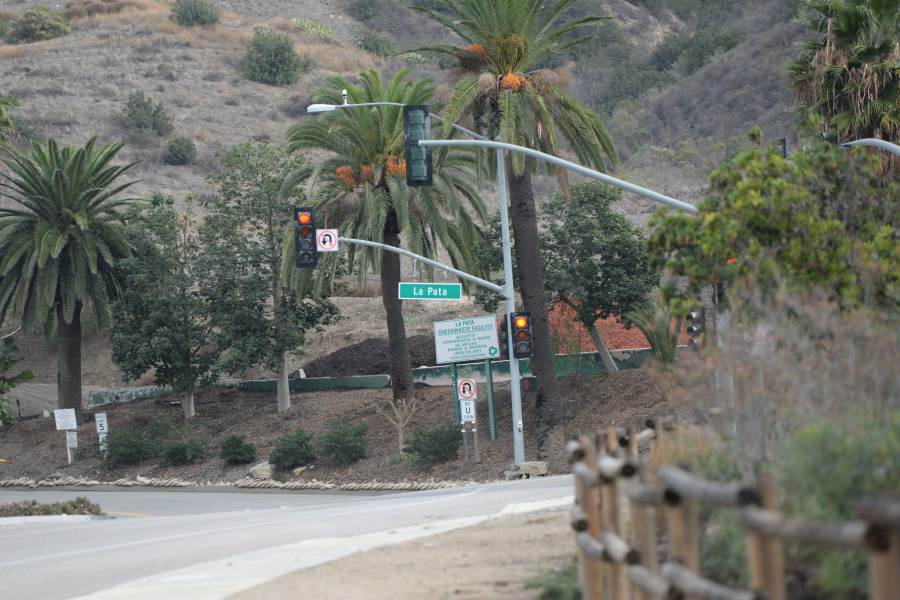




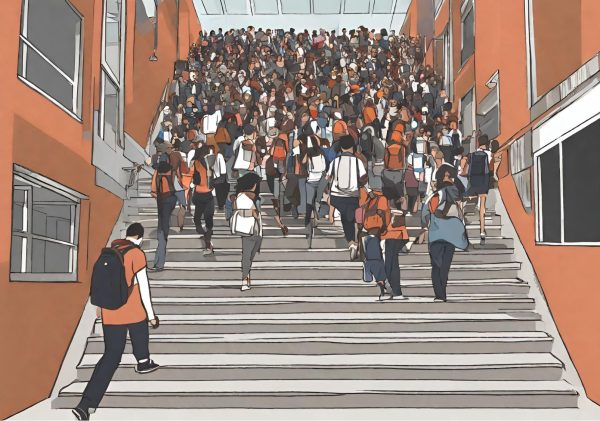


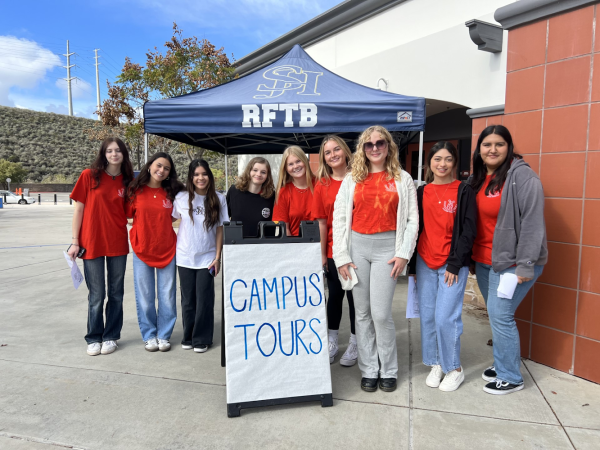


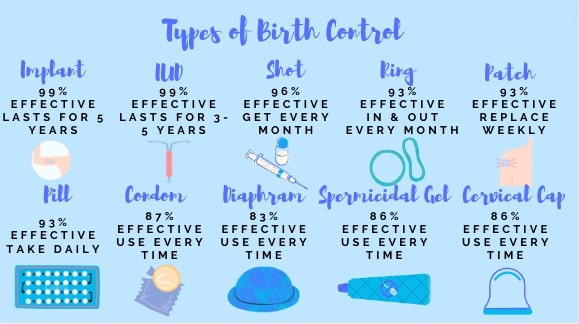
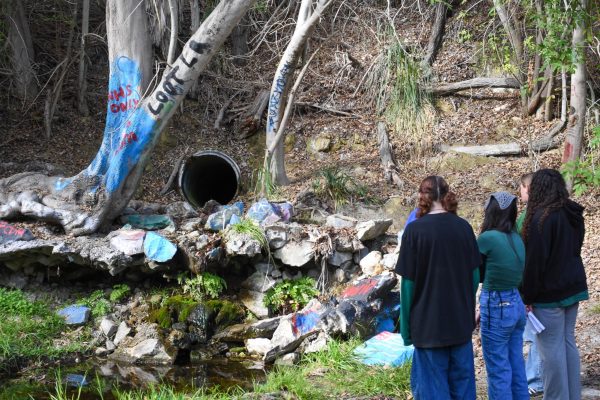
Vengadesh • Dec 21, 2014 at 11:24 AM
Hello Mike, the road continues on for miles and miles and we never have reacehd the end of it :). We just continue on for about 15 miles and stop where ever we think might be a good spot. There is no exact science to it just more luck. We have had a lot of luck at the 15 mile mark. The little canyon areas where there is sand and sandstone seem to be the best areas to look. I don’t have the long and lat numbers right now but when my husband and I go back I will make sure to bring our GPS with us to get the coordinates.
Brandi Ortiz • Dec 5, 2014 at 7:08 PM
It’s fantastic to know that remnants of our past still exist and remain undiscovered and untouched by Mankind. These fossils are only a part of something much larger and yet to be discovered. True, they are not dinosaur bones, but they are parts of our past none the less. And with every new discovery, we are left curious for the future.